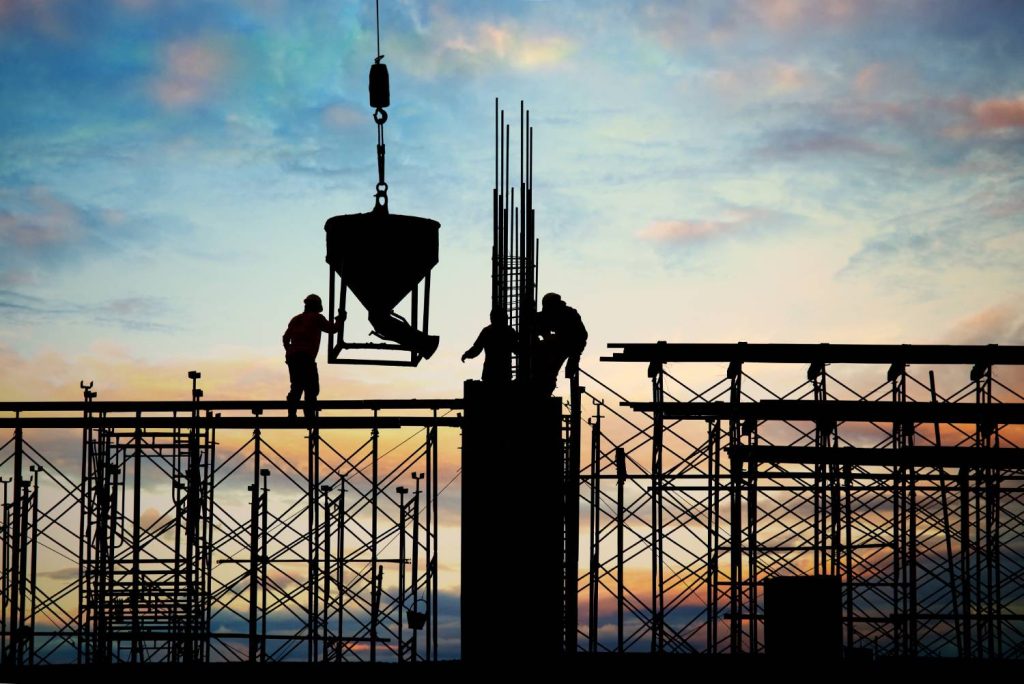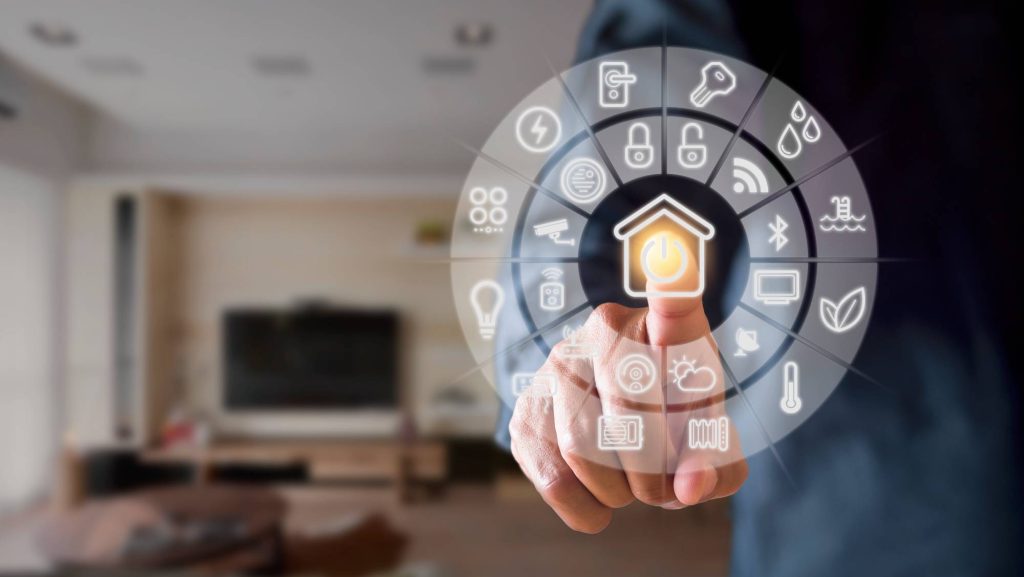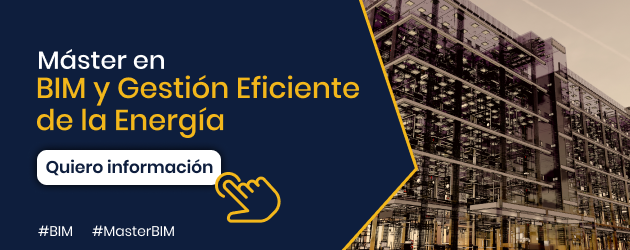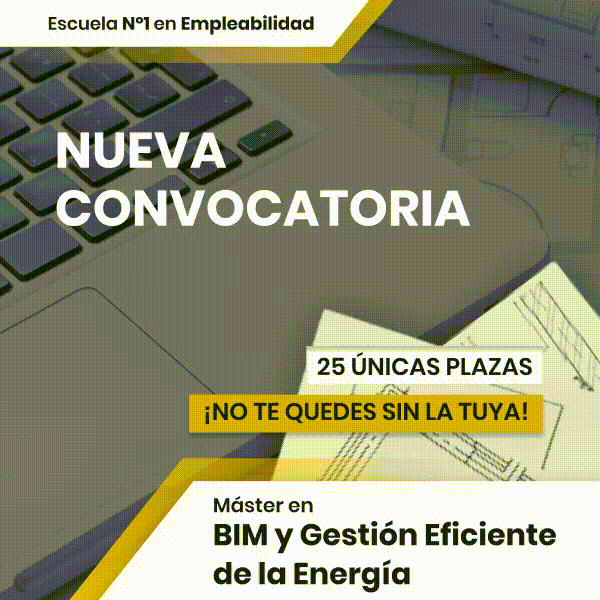BIM, home automation, building automation and smart buildings
The construction industry has experienced a significant transformation throughout history. The move from using traditional and artisanal methods to a new echelon focused on mass production and efficiency known as the industrial era, marked a revolutionary change in the way projects are built. Despite the incorporation of vehicles and specialized heavy machinery, management, design and planning continued to be carried out in a traditional way throughout the decades.
During the industrial era, construction was based on conventional techniques and depended on intensive labor. Although the processes were less time-consuming, they were costly and prone to errors and delays.

It was not until the middle of the 20th century that a change began to occur in design and calculation procedures with the introduction of CAD and CAE systems, laying the foundations and foundations to be incorporated into the next digital transformation.
The advancement of technology has revolutionized the construction industry, providing numerous advantages and opportunities to improve efficiency, quality and sustainability. The arrival of the technological era has caused a radical change in all aspects of construction. The implementation of construction methodologies such as BIM and technologies such as artificial intelligence, virtual reality, robotics, 3D printing and the Internet of Things has led to significant improvements in productivity, precision, control and safety in the construction sector.

These Technological advances have definitively transformed the way construction projects are designed, built and managed., providing a positive impact on economic growth and opening new possibilities for a more efficient and sustainable future in the construction industry.
The incorporation of technology in construction has provided a series of benefits. The use of modeling software Building information technology (BIM) allows for more precise planning and better collaboration between different project actors. Drones are currently used for site inspections and monitoring, reducing risks and improving efficiency. Prefabrication and modular construction streamline construction processes and reduce waste.
Besides, artificial intelligence and machine learning They are applied in data analysis to make more informed decisions and predict potential problems. Virtual and augmented reality enable immersive visualization and design, improving communication and decision making. Sustainability has also benefited, thanks to the implementation of renewable energy and energy efficiency solutions implemented both in construction with a low carbon footprint, as well as in the operation and maintenance of buildings.
We are living in times of accelerated change in which technology is advancing in giant steps and the world of construction has been able to take advantage of these new resources, methodologies and disciplines for their development and evolution for the benefit of the optimization and efficiency of each process.
The concept of home automation and building automation:
The home automation and the immotics They are two disciplines focused on building automation, but with different scopes. Home automation focuses on the automation and control of systems in the residential field, such as lighting, air conditioning, security and energy management. On the other hand, real estate automation is applied to commercial and public buildings, covering more complex systems, such as access control, large-scale energy management and facility monitoring. Both disciplines seek to improve the efficiency, comfort and safety of built spaces, through the integration of technologies that allow the interconnection and centralized management of systems and devices and technological applications based on programming and information and communications technologies.

Home automation and BUS technology:
BUS technology in home automation offers fluid communication between devices, allowing a quick and efficient exchange of information. Each device connected to a BUS system has its own autonomy and can operate independently, but also interact with other devices for complete control of the intelligent system. These systems are capable of controlling and automating various applications, such as lighting, blind management, technical alarms and security systems, providing comfort and efficiency to users in their homes or commercial environments. BUS technology has become a standard for home automation, covering the needs of professional and residential installations. It provides fluid communication, device autonomy, broad functionality and adaptability, improving the efficiency and comprehensive control of home automation systems in different environments. BUS technology in home automation offers significant benefits for the automation and intelligent management of systems in the home or workplace.
The smartest building in the world
“The Edge” is a stunning example of smart and sustainable architecture. Located in Amsterdam, the Netherlands, it has earned recognition as the world's smartest building.
What distinguishes this building is its innovative approach to energy efficiency and smart technology. It has a wide range of advanced features, such as LED lighting, motion sensors, individualized climate control and energy management systems.
Connectivity is a key aspect of “The Edge”. The building is equipped with more than 28,000 sensors that collect data in real time to optimize operational efficiency. These sensors monitor energy usage, natural light, occupancy of work areas and other key parameters to ensure a comfortable and sustainable work environment.
Besides, “The Edge” implements a smart space management system that uses a mobile application to allow employees to find and reserve workspaces according to their needs. This encourages flexibility and collaboration, optimizing the use of available resources.
Sustainability is also a fundamental pillar of the building. It has solar panels on the roof, rainwater collection systems and an energy storage system. “The Edge” has obtained the BREEAM (Building Research Establishment Environmental Assessment Methodology) certification with the highest rating, demonstrating its commitment to sustainability.
All this makes it a reference for the construction of the digital age, by complementing artificial intelligence, energy efficiency and sustainability. Its focus on advanced technology and innovative design makes it a powerful example of how architecture can adapt to the changing needs of modern workspaces by incorporating the latest advances in information and communication technology.
Challenges and future of technological construction:
Although the technological era in construction has brought numerous advances, it also presents challenges. The adoption of new technologies requires investment and training, and there is a gap between companies that adopt these innovations and those that remain behind. Additionally, cybersecurity and data protection are important concerns in an increasingly digitalized environment.
Technology has driven the construction industry towards a more efficient, sustainable and safe future. As in other sectors, it will continue to play a key role in the evolution of this industry, providing new opportunities and innovative solutions to meet current and future challenges.
If you want to learn how to generate highly efficient construction projects, knowing the latest technologies implemented in Buildings, do not hesitate to sign up for our Professional master in BIM and efficient Energy management.




































